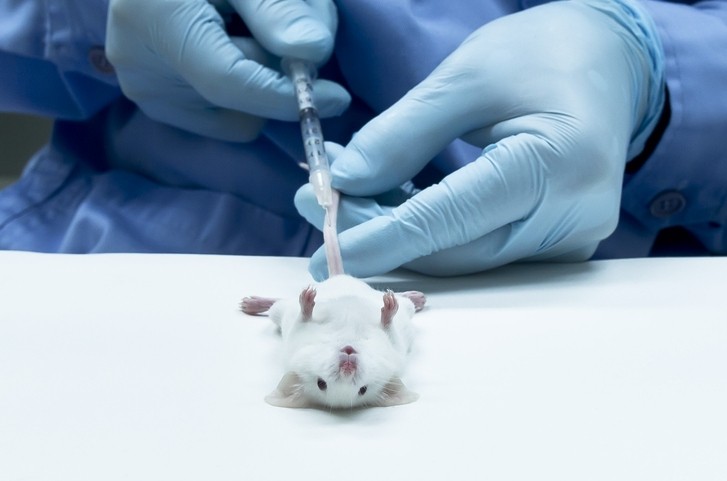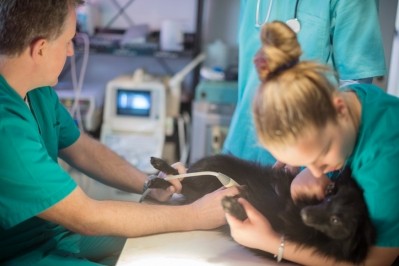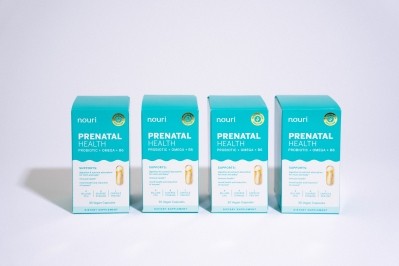Scientists construct complex, complete prototype for the microbiome

While we know that the gut microbiome influences digestion, the immune system, neural development, response to cancer immunotherapies and so many other aspects of our wellbeing, there are still a lot of question marks around how these complex communities are linked with our overall health.
To gain more insight, researchers wrote down 166 of the more common species found in people. After contacting a few labs, they were able to not only obtain 104 of them, but also determine how to accommodate each of these species' demands to produce colonies in the lab.
Next level
Stanford University researchers have built a well-defined synthetic microbiome that involves 104 bacterial species that were successfully transplanted into mice. The model allows the researchers to add, remove, and edit individual species so they can observe the interactions between the microbiome and health, and eventually develop first-in-class microbiome therapies.
Many key microbiome studies have been done using fecal transplants, which introduce the entire, natural microbiome from one organism to another. While scientists routinely mute a gene or remove a protein from a specific cell or even an entire mouse, there is no such way to edit one species among the hundreds in a given fecal sample. This challenge is what inspires the researchers to build a synthetic microbiome from scratch.
If you build it, bacteria will come
Using data from the Human Microbiome Project (HMP), a National Institutes of Health initiative that sequenced the full microbial genomes of over 300 adults, the research team built their colony with over 100 common bacterial strains that were present in at least 20% of the HMP individuals. They also added a few species needed for some subsequent studies, bringing the total to 104 species. These species were grown in individual stocks and then mixed into one combined culture to make what they call human community one, or hCom1.
“The initial motivation for hCom1 was to develop a complex, defined consortia that could supplant the use of stool for fecal microbiota transplant. FMT is a safe and effective therapy for recurrent C difficile infection, but has variable efficacy towards other conditions and this variability is often attributed to heterogeneity in stool bacterial strain/abundance content. From a clinical perspective it would be ideal to have a uniform, standardized community for therapeutic applications and we thought hCom1 would be a good first step towards this goal,” explained lead author Alice Cheng.
Cheng, who is a gastroenterologist at Stanford, added that they also generated hCom1 for use as a new platform for microbiome research, as no other physiologic models for the gut microbiome existed.
“Current experiments typically engraft a microbial community into germ-free mice to study and perturb microbiota phenotypes. These experimental communities are usually stool, which is complex and undefined and experimentally intractable (difficult to fractionate and unmodifiable) or simplified defined community, which may lack genetic diversity to recapitulate phenotypes of interest. Therefore we sought to assemble a community that would be defined, experimentally tractable, with physiologic phenotypes and characteristics.”
Putting it to the test
While the strains could coexist in the lab, the researchers wanted to see if the new colony would take root in the gut. They introduced hCom1 to germ-free mice and found that hCom1 was remarkably stable, with 98% of the constituent species colonizing the gut of the germ-free mice, and the relative abundance levels of each species remained constant over two months.
To make the colony more complete, the researchers wanted to make sure that all vital microbiome functions would be performed by one or more species. The team leaned on a theory called colonization resistance, which explains that any bacterium, when introduced into an existing colony, will only survive if it can fill a niche not already occupied.
By introducing a complete microbiome, in the form of a human fecal sample, to their colony and tracking any new species that took up residence, they could build a more complete community.
In order to see if the synthetic microbiome worked, the team had to collect mouse droppings and sequence all the DNA inside the droppings.
Because the bacterial species in hCom1 had lived together for just a few weeks, some were concerned that introducing a community that had coexisted for a decade could kill the researcher’s colony. However, the team was surprised to see that hCom1 persevered and only about 10% of cells in the final community came from the fecal transplant.
The team also found over 20 new bacterial species that inserted themselves in at least two of their three fecal transplant studies. Adding those to their initial community and removing those that failed to take root in mouse guts gave them a new community of 119 strains, which resulted in hCom2. hCom2, which was still built from individually growing and mixing constituents, actually made mice even more resistant to fecal challenges than hCom1.
Lastly, the team put the efficacy of the synthetic microbiome to the test. To do this, the researchers took hCom2-colonized mice and threw in a sample of E. coli for good measure. These mice, like those that were colonized with a natural microbiome, resisted infection.
Key takeaways
- Microbiomes are not irreducibly complex: a community on the order of ~100 organisms, containing the majority of metabolic pathways present in surveyed human microbiomes, is sufficient to recapitulate most of the function and phenotype of a native gut microbiome.
- It is possible to assemble a consortia comprised of microbes from disparate donors that has characteristics of an ecologically stable community (prior literature suggests that strains originating from a single donor have co-evolved and have internal interactions that foster ecological stability).
- Niche filling approaches are a valid way to improve microbiota ecologic stability and invasion resistance.
Implications
Speaking to NutraIngredients-USA, Cheng said hCom2 is a prototype for the microbiome and is a defined, engineerable community that can be extensively engineered for mechanistic microbiome research.
“With this system, we can assess the contribution of a gene, strain, phylogenetic category towards a microbiota phenotype or we can engineer tractable strains to stably produce metabolites of biological interest for research and treatment of microbiota-associated disease. We can also investigate ecological phenomena such as priority effects, persistence.”
When it comes to disease therapy, Chen said that hCom1/2 are meant to be prototype communities for use as synthetic transplant and their strain and genetic content can be tailored toward specific disease.
“Their advantage over probiotics is that transplantation of an entire community usually allows for better strain engraftment, stable, persistent phenotypes as probiotics typically do not engraft (persist in the gut after patient stops taking). Furthermore, we can investigate strains that would be better probiotics in the context of the community and identify strains that would be ideal candidates for probiotics,” Cheng said.
Further research
Up next, the researchers are planning to investigate the effects of genetically engineered communities on host metabolism. They will also investigate microbiota-pathogen interactions that preclude pathogen invasion – which can be an alternate approach to treatment of antibiotic resistant colonization and infections.
Source: Cell
2022 doi.org/10.1016/j.cell.2022.08.003
“Design, construction, and in vivo augmentation of a complex gut microbiome”
Authors: A. Cheng et al.
















